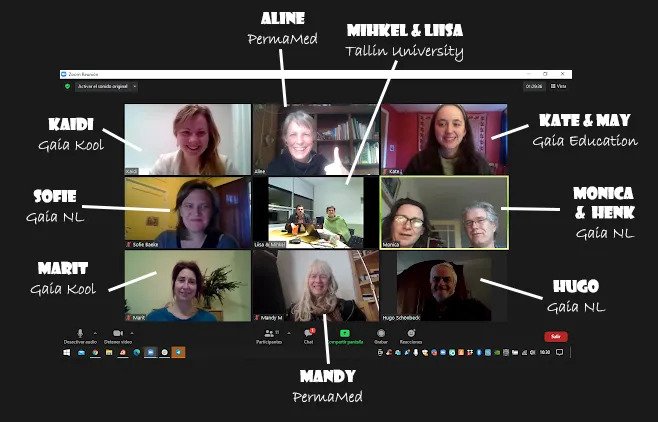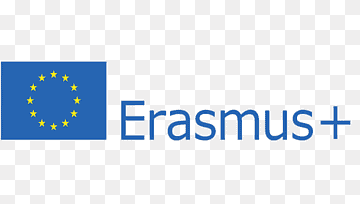-
ESD College
The Learning environment for ESD

ESD: Education for sustainable development
Education for Sustainable Development (ESD) on all levels is critically needed with accelerating climate change and fast decreasing biodiversity. As schools lay the foundation for tomorrow’s leaders, experts and responsible citizens, integration of knowledge and skills for sustainable development in schools is crucial for our planet’s future and more specifically for implementing UN Sustainable Development Goals and EU sustainability policies.
We are handing the next generation over a planet which has to face several serious environmental problems and a convergence of multiple crises. It’s important to help young people develop knowledge, skills, values and behaviours needed for sustainable development.ESD targets both curriculum developers, teachers and students, with both teacher and students exploring not only the physical world and the power of knowledge, but also their own patterns of thinking and behavior. The emphasis shifts from information to imagination and from imagination to practical application through experiential learning.
The course overview opens up student and teacher/coach materals about the 20 sustainable Gaia YES themes.
Sustainable development is considered to be important and there is a lot of knowledge about sustainable living, but this knowledge reaches schools and young people hectically. Sustainable education isn’t consistently reflected in general education schools’ curricula, which means that young people don’t develop a holistic vision and experience of sustainable living. Youth are also missing the social skills and connection to nature, ESD approach can encourage the change.
A key challenge, therefore, is the need to focus on retraining teachers and educators to give them the skills needed to think beyond their core subjects, moving freely across disciplines and encouraging students to embrace multiple worldviews to design solutions to humanity’s most pressing challenges.
It’s important to develop students’ ESD competences and 21st century skills and their national curriculum outcomes in an integrated way. It must be a continuous and elaborate process. The emphasis should shift from information to imagination and from imagination to practical application through experience learning. These competences are crucial to find solutions for several serious environmental problems and crises.
There is a need for education where both the teacher and students explore not only the physical world, and the power of knowledge, but also investigate their own thinking patterns and behaviour. It should be a co-creative process and collective wisdom to find sustainable solutions for the problems the world is facing.
OBJECTIVES
- Develop an ESD Holistic Curriculum for youth
- Develop a Guide for Educators
- Develop a curriculum for Gaia School (student aged 16-19)
- Develop an online-environment for educators and youth
Both ESD Holistic Curriculum and Guide for Educators remain a flexible and open resource that provides opportunities and suggestions for educators and curriculum developers to adapt the learning objectives as well as the suggested topics and learning methods to their target group, learning setting and their country context. Curriculum for Gaia School is an example of how to integrate ESD Holistic and National Curriculum, that curriculum will be implemented at Gaia School.

IMPLEMENTATION
Experts from partner organisations will develop The ESD Holistic Curriculum for youth, The Guide for Educators and The Curriculum for Gaia School. They will cooperate with each other and involve stakeholders and target groups in the network seminars to collect their input and raise participants’ awareness of the EDS. There will be four network seminars, one seminar in each country.
The online environment will be a platform where ESD Holistic Curriculum for youth and Guide for Educators are made available to the target group and the general public.Videos will also be produced to encourage educational institutions (educational leaders and educators) to implement ESD in their work.
It is a development project, so the main methodology will be research and cooperation between experts. It’s also very important to involve target groups and stakeholders – that is why there will be four network seminars, where there will be participants from every partner country. Partners will also involve local target groups and stakeholders and lead their input to the expert-team.
RESULTS
An ESD Holistic Curriculum for youth, Guide for Educators, Curriculum for Gaia School are developed, the e-learning environment and videos have been completed by the end of the project.
In addition, the best practises have been shared and participants have learned from each other’s experience (at the network seminars and multipliers events). The capacity of partners and participants to implement ESD Holistic Curriculum and Guide for Educators in different target groups has increased. The partners are ready to share their experience with other stakeholders (they have extensive knowledge and experience in this field).
The project is implemented by five partners:
Gaia kool and Tallinn University from Estonia,
contact Kaidi Nurmik (kaidi.nurmik@gaiakool.ee)Gaia Education from Scotland,
contact May East (may.east@gaiaeducation.org)Gaia Nederland from Holland,
contact Henk Petter (henk@gaia-nederland.nl)Permacultura Mediterranea from Spain,
contact Amanda Merklein (info@permamed.org)Start study now




